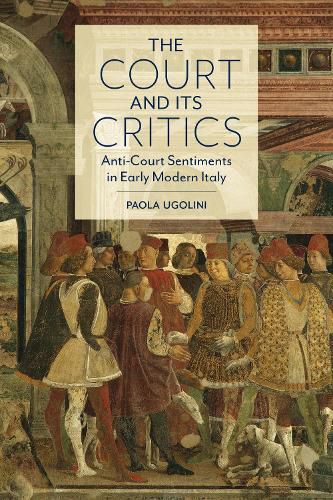Readings Newsletter
Become a Readings Member to make your shopping experience even easier.
Sign in or sign up for free!
You’re not far away from qualifying for FREE standard shipping within Australia
You’ve qualified for FREE standard shipping within Australia
The cart is loading…






Anti-courtly discourse furnished a platform for discussing some of the most pressing questions of early modern Italian society. The court was the space that witnessed a new form of negotiation of identity and prestige, the definition of masculinity and of gender-specific roles, the birth of modern politics and of an ethics based on merit and on individual self-interest.
The Court and Its Critics analyses anti-courtly critiques using a wide variety of sources including manuals of courtliness, dialogues, satires, and plays, from the mid-fifteenth to the early seventeenth century. The book is structured around four key figures that embody different features of anti-courtly sentiments. The figure of the courtier shows that sentiments against the court were present even among those who apparently benefitted from such a system of power. The court lady allows an investigation of the intertwining of anti-courtliness and anti-feminism. The satirist and the shepherd of pastoral dramas are investigated as attempts to fashion two different forms of a new self for the court intellectual.
$9.00 standard shipping within Australia
FREE standard shipping within Australia for orders over $100.00
Express & International shipping calculated at checkout
Anti-courtly discourse furnished a platform for discussing some of the most pressing questions of early modern Italian society. The court was the space that witnessed a new form of negotiation of identity and prestige, the definition of masculinity and of gender-specific roles, the birth of modern politics and of an ethics based on merit and on individual self-interest.
The Court and Its Critics analyses anti-courtly critiques using a wide variety of sources including manuals of courtliness, dialogues, satires, and plays, from the mid-fifteenth to the early seventeenth century. The book is structured around four key figures that embody different features of anti-courtly sentiments. The figure of the courtier shows that sentiments against the court were present even among those who apparently benefitted from such a system of power. The court lady allows an investigation of the intertwining of anti-courtliness and anti-feminism. The satirist and the shepherd of pastoral dramas are investigated as attempts to fashion two different forms of a new self for the court intellectual.